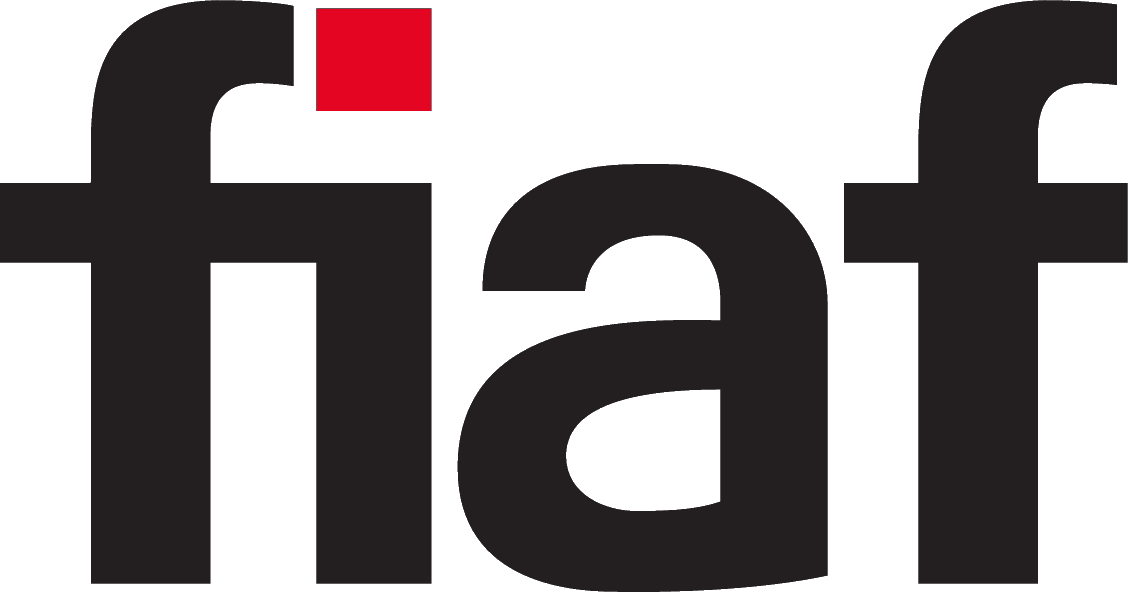FIAF Declaration on Fair Use and Access
Introduction
The FIAF Declaration on Fair Use and Access was discussed and unanimously approved by FIAF affiliates during the Second Century Forum of the 2007 FIAF Congress in Tokyo in April 2007, and was unanimously ratified by the Paris General Assembly a year later. This text had evolved from a discussion among members of the Commission for Programming and Access to Collections (then CPAC, now PACC) during the 2005 FIAF Congress in Ljubljana, about the conflicts facing archives that faithfully adhere to copyright laws while also trying to fulfil their mandates to provide maximum public access to their collections. Over the next three years, many versions of the Declaration were drafted, edited, and revised by CPAC members during meetings of the Commission. Recommendations and comments were submitted by many interested FIAF affiliates. The final version represented a concerted effort by CPAC members to create a document that incorporated the best ideas submitted by contributors.
The Declaration
The common interest of the affiliate members of the International Federation of Film Archives (FIAF), as embodied in the FIAF Code of Ethics to which all affiliates adhere, is to preserve the world’s film heritage and ensure that it continues to be accessible to future generations in accord with the highest standards of archival practice.
In consequence, FIAF affiliates:
- believe that preserving the theatrical motion picture experience is a fundamental obligation of conserving a nation’s cultural heritage;
- play a leading role in sustaining public awareness of motion pictures, from one generation to the next, through their preservation efforts, public educational programmes, and scholarly publications;
- share common interests with the world’s motion picture producers, distributors, and rights-holders in the motion pictures of the past, present, and future;
- are committed to respecting all national and international intellectual property rights.
Therefore, the following principles are set forth as the basis for creating greater understanding and co-operation between FIAF affiliates and international rights-holders:
(1) FIAF affiliates, in accordance with international copyright and intellectual property laws, declare their right to acquire and preserve motion pictures and related promotional and historical materials for their cultural, historical, and aesthetic significance.
(2) The primary mission of FIAF affiliates is to preserve and exhibit their collections, and engage in activities that advance public access, awareness, and scholarship.
(3) FIAF affiliates are the leading repositories for the historical research information and cataloguing records essential to preserving the international motion picture heritage.
(4) FIAF affiliates are committed to maintaining the highest standards for acquiring, preserving, restoring, and exhibiting the motion pictures and related promotional and historical materials in their collections.
(5) In order to achieve their mission, FIAF affiliates require the support of the motion picture industry and the national and international bodies responsible for making the laws and conventions regarding intellectual property.
(6) FIAF recognizes the rights of owners of motion picture copyrights and other forms of intellectual property to obtain information about the collection holdings of its member archives.
(7) FIAF recognizes the access rights of legitimate rights-holders to the archival motion pictures and related promotional and historical materials preserved by its affiliates, on the basis of fair compensation and due recognition.
(8) FIAF supports the owners of motion picture copyrights and related intellectual property in their efforts to combat piracy and other forms of illegal use.
(9) FIAF supports efforts to clarify the legal status of “orphan” motion pictures and related promotional and historical materials for the purposes of preservation and public access.
(10) As a principle of “fair access”, FIAF affiliates declare their right to engage in the following archive-related activities, without the payment of fees to outside organizations:
- exhibition on their premises,
- loans to other affiliates,
- use in their own publications and promotional activities of the motion pictures and related promotional and other historical materials in their collections.





